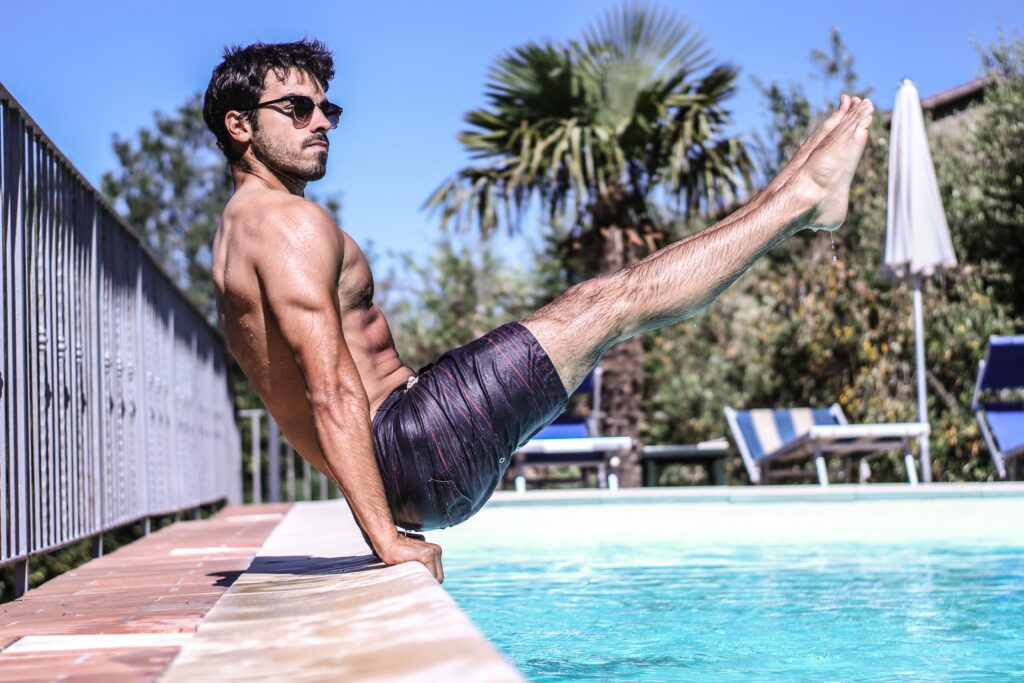Getting natural with your lifting.
Back To Basics
It is in our nature to move. It’s how we interact with the world in order to improve ourselves and others. Today, we still have these abilities, but in more complex ways. Movement has become more about aesthetics and less about functionality. Is it possible to get back to our primitive instincts to improve our health? Primal movements will achieve this exact goal for any athlete or ordinary person.
Origins
The Primal Movement Workouts first took shape in 2017 by Hungarian professional athlete Peter Lakatos. Growing up, his instructor trained him through games that tested his coordination and intelligence. As an homage to this, Lakatos developed a style of exercise that targeted the same goals. All the while, it was supposed to be fun.
This style holds core values to develop someone as both a person and an athlete. First, the entire body is worked throughout the experience. There is no need to organise a weekly split; it’s already a full body workout. This may be the solution to anyone who does not have the time for a workout split.
High-intensity circuit training such as primal moving is more time-efficient for busy people. Wildland firefighters performed two sessions for 8 consecutive weeks. They had remarkable improvements in speed, upper limb and abdominal strength, and explosive leg strength. This means athletes can dedicate more time to being a person outside of their fitness identity.
Also, it plays into the body’s natural, primitive movements used each day. There are no fancy moves that need to be learned. Instead, people will get in-touch with their basic and playful manners. The playfulness will get one to look forward to the next practice/game rather than see it as a chore. It can target calisthenic strength, posture, and mobility in one session. Inactive males who practised squat jumps (a primal movement) for eight weeks improved their lower body functionality, including velocity and strength.

The Basics
Primal movements fit into these seven categories:
Pushing involves distancing one force from another. It’s a natural instinct to push danger away for self-defence. These movements are common in pushing our own bodyweight away or pushing a force away from us. The muscles recruited in pushing are the shoulders, upper back, chest, and triceps.
Pulling involves attracting resistance towards us. It’s a movement we cannot accomplish on our own. Unlike pushing, we need something to grab onto to complete the movement. Pulling is seen in rowing movements in which the elbows get drawn back. The muscles recruited are the lats, upper back, and biceps. These muscles are also used in hanging movements.
Rotation is used for turning the body. It’s the one movement that is solely dedicated to the core and abdominal strength. These movements will keep the core stable while in motion. It can support the push and pull movements by increasing the ability to further contract the working muscles. Whether it’s turning to check blindspots in a car or an open environment, it’s a movement worth practising.
Squatting is one of the most underutilised movements today. Our lower body mobility has devolved throughout time because we don’t squat as often. You can thank chairs for this. Our ancestors used to squat multiple times in a day. It’s how they got to the ground to sit or pick up something. This movement can be done on its own with or without resistance. It will bring mobility to the quads, hips, ankles, and feet.
Hinging, or bending, is another way of using the lower body. Squats work vertical mobility and hinging works horizontal mobility. This is beneficial for reaching a target that is low and far away. There is some muscle recruitment carried over from the squat such as the hips, ankles, and feet. For the horizontal depth, it uses the hamstrings instead of the quads.
Lunging is good for maintaining overall balance. Squatting and hinging are bilateral movements, meaning they use both sides of the body simultaneously. Lunging relies only on one side, deeming it a unilateral movement. This is the most evident when using stairs.
Locomotive, or gait, is the body’s natural way of transportation. Our ancestors had to travel long distances on foot. Even if the journey took days, they used their only way of transportation. As for short-range distances, they were crawling and leaping, similar to primates. In today’s world, cycling and swimming are also considered sources of locomotives.
Inner Animal
Many contemporary styles of fitness involve primal movements. Callisthenics has primal movements at its heart, making it the foundation of every exercise. Yoga and mixed martial arts have combined primal movements with discipline and natural instincts. Endurance training is even a modern form of practising natural locomotion. The primal movements can be accessed in any form of activity. How will you connect with your inner animal?
